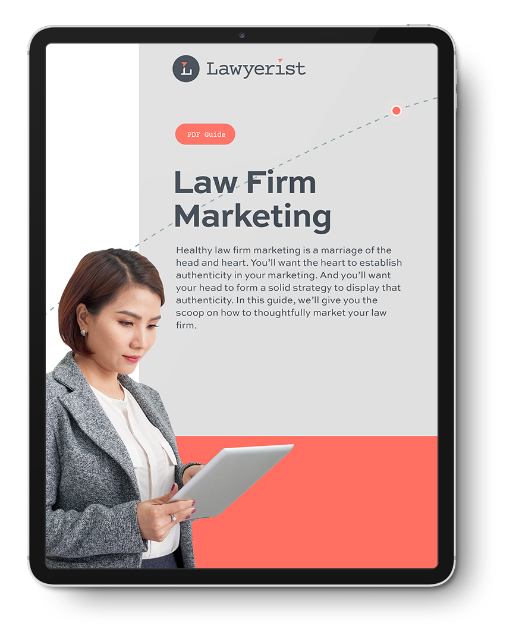Content Marketing for Law Firms
Content marketing is simple: It’s online material—like blogs, social media, videos, and podcasts—that teaches people about your firm and how you help.
And it’s a big deal. Law firm content marketing gets three times the leads from paid search. Small businesses, including small or solo law practices, with blogs get 126% more lead growth than those without.
However, content marketing isn’t just slapping a few blog posts on your page. To get the most out of content marketing, build your brand, engage prospective clients, and drive sales, you need more than activity.
You need a strategy.
Why Content Marketing?
Content marketing is the art of getting a clear message to your audience without overtly selling. The focus is on creating client-centered content that helps your audience solve their problems. It’s being a client’s advocate, helping them navigate through challenging moments, and becoming their trusted guide.
Effective law firm content marketing builds trust and authority in you and your law firm.
At the highest level, these steps include:
